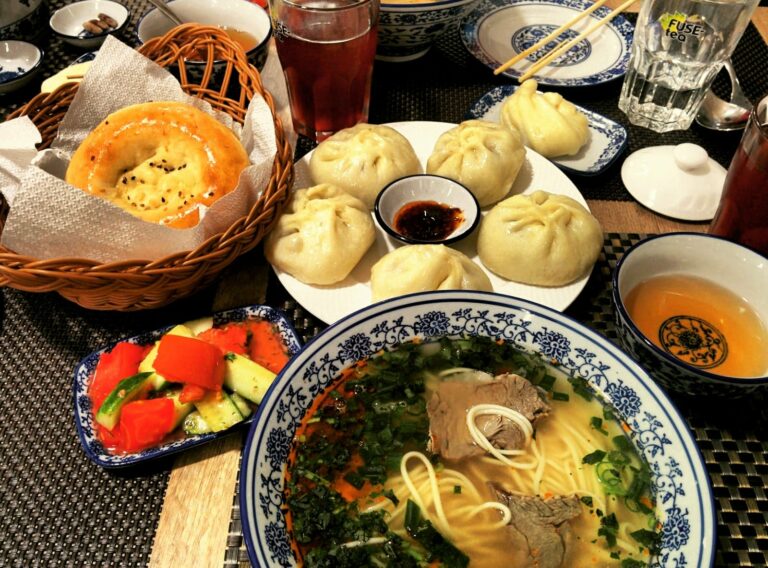Introduction: Exploring Kazakh Equestrian Culture
Kazakhstan has a rich equestrian culture that has shaped its history, traditions, and cuisine. Horses have always been highly valued by the Kazakh people, not only as a means of transportation but also as a source of food and livelihood. Horseback riding remains an integral part of the Kazakh culture, and this is reflected in their cuisine.
The Role of Horses in Kazakh Cuisine
Horses have played a significant role in Kazakh cuisine since ancient times. Although horse meat is not commonly eaten in many parts of the world, it is a staple food in Kazakhstan. Horse meat is considered a delicacy and is often served on special occasions, such as weddings and festivals. In addition to being a source of protein, horse meat is also high in iron and vitamin B12. Horses are also used to produce dairy products, such as kumys (fermented mare’s milk) and airan (fermented horse milk). These products are believed to have medicinal properties and are consumed by many Kazakh people for their health benefits.
Traditional Horse Meat Dishes and Preparations
Horse meat is an essential ingredient in many traditional Kazakh dishes. One of the most popular horse meat dishes is called besbarmak, which means “five fingers.” This dish consists of boiled horse meat served on top of boiled noodles and is usually accompanied by a broth or sauce. Another popular dish is called kazy, which is a type of sausage made from horse meat. Kazy is often served sliced as an appetizer or as a main course. Tatarsky biftek is another dish made from horse meat that is similar to a steak. It is usually served with potatoes and vegetables.
Dairy Products and Beverages Linked to Horseback Riding
Kumys and airan are two of the most well-known dairy products associated with Kazakh horseback riding culture. Kumys is a slightly alcoholic beverage made from fermented mare’s milk. It is believed to have many health benefits, such as aiding digestion and boosting the immune system. Airan, on the other hand, is made from fermented horse milk and is similar to buttermilk. It is often served as a refreshing drink on hot days.
The Significance of Kazakh Equestrian Festivals
Equestrian festivals have a long history in Kazakhstan and are still celebrated to this day. These festivals are an opportunity for Kazakh people to showcase their equestrian skills and traditions. One of the most famous festivals is the Nauryz Festival, which celebrates the start of spring. Horse racing is a significant part of this festival, and traditional games, such as tug of war and horseback wrestling, are also played.
Modern Kazakh Cuisine and Its Connection to Equestrian Culture
Modern Kazakh cuisine has evolved over time, but its connection to equestrian culture remains strong. Many traditional horse meat dishes and dairy products are still enjoyed today, and some restaurants even specialize in serving Kazakh cuisine. Additionally, Kazakh chefs are incorporating elements of equestrian culture into their modern cuisine, such as using kumys or airan in sauces or marinades. This fusion of old and new is helping to keep Kazakh equestrian culture alive and thriving.


